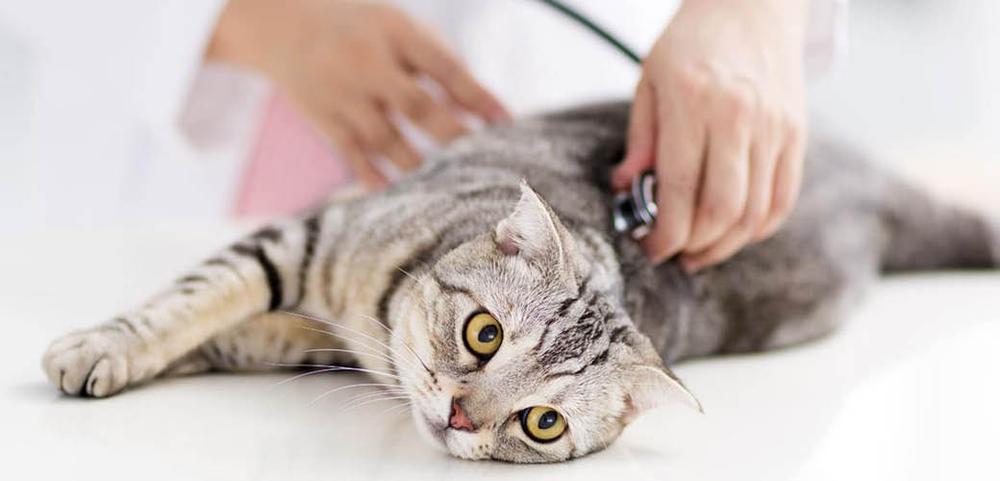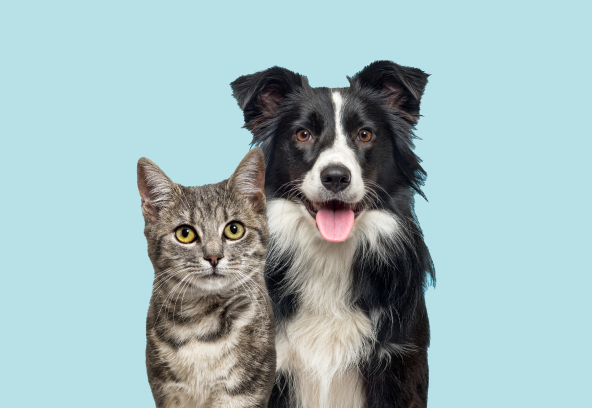Cat flu is a common viral infection that affects cats, causing symptoms similar to human colds, such as sneezing, nasal discharge, and fever. Although not usually life-threatening, it can be serious in kittens, elderly cats, and those with weakened immune systems. Understanding how to treat and manage cat flu can help your feline recover quickly and prevent further complications.
Identifying Cat Flu in Cats
The symptoms of cat flu vary in severity but commonly include:
- Sneezing and coughing
- Runny nose and watery eyes
- Fever and lethargy
- Loss of appetite
- Mouth ulcers (in some cases)
- Difficulty breathing (in severe cases)
Cat flu is primarily caused by feline herpesvirus (FHV) and feline calicivirus (FCV), both of which are highly contagious among cats.
Treatment Options for Cat Flu
Since cat flu is caused by a virus, there is no specific cure, but treatment focuses on relieving symptoms and supporting the immune system.
1. Home Care and Symptom Management
Many cases of cat flu can be managed at home with supportive care, including:
- Keeping the nose and eyes clean – Gently wipe away discharge with a damp cotton pad.
- Providing a warm, comfortable space – Cats with flu can be more sensitive to cold temperatures.
- Encouraging eating and drinking – Offer strong-smelling, warm, or wet food to stimulate appetite. Hydration is crucial to prevent dehydration.
- Using a humidifier or steam therapy – Creating a humid environment can help ease congestion and breathing difficulties.
2. Veterinary Treatment
For severe cases, a vet may prescribe medications, including:
- Antibiotics – To treat or prevent secondary bacterial infections.
- Antiviral medications – For chronic or severe cases, antiviral drugs like famciclovir may be used.
- Pain relief and anti-inflammatory drugs – If the cat has mouth ulcers or fever.
- Fluid therapy – In cases of dehydration, intravenous fluids may be needed.
3. Boosting Immunity
Helping your cat’s immune system fight off the infection can speed up recovery. Ways to support immunity include:
- Good nutrition – A healthy diet rich in essential nutrients helps in faster healing.
- L-Lysine supplements – Some studies suggest this amino acid may help manage feline herpesvirus.
- Reducing stress – A calm environment aids recovery and prevents flare-ups in cats prone to recurrent infections.
Preventing the Spread of Cat Flu
Cat flu spreads through direct contact, sneezing, and contaminated surfaces. To prevent infection and transmission:
- Vaccinate your cat – Routine vaccinations help protect against feline herpesvirus and calicivirus.
- Isolate infected cats – Keep sick cats away from healthy ones until symptoms clear.
- Disinfect food bowls, bedding, and litter trays – Use pet-safe disinfectants to kill lingering viruses.
- Wash hands after handling sick cats – To prevent spreading the virus between pets.
When to See a Vet
Most mild cases of cat flu improve with home care, but veterinary attention is necessary if:
- Symptoms persist for more than two weeks.
- The cat refuses to eat or drink.
- There is difficulty breathing or signs of pneumonia.
- The infection affects a young kitten, elderly cat, or immunocompromised pet.
Conclusion
Cat flu is a common yet manageable illness in cats. With proper care, most cats recover within a few weeks. Ensuring your cat stays hydrated, comfortable, and well-fed will support their recovery. Preventative measures, such as vaccination and hygiene, can help protect your feline friend from future infections



